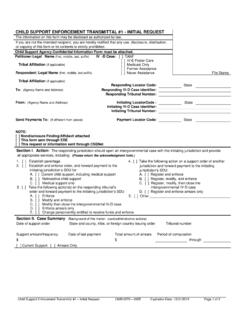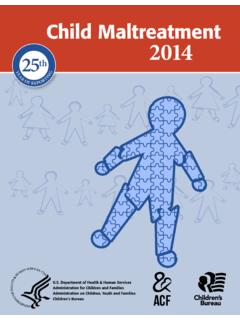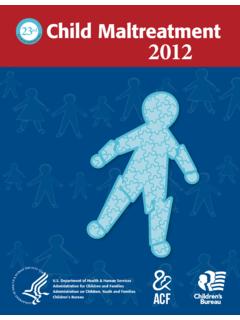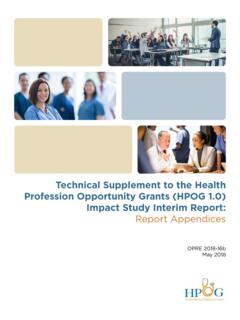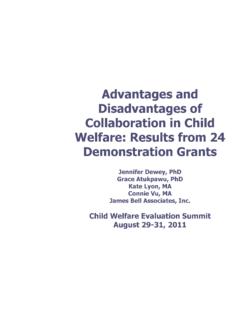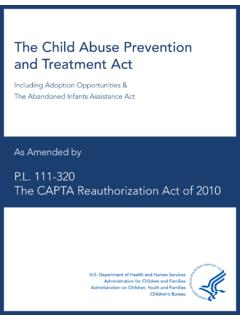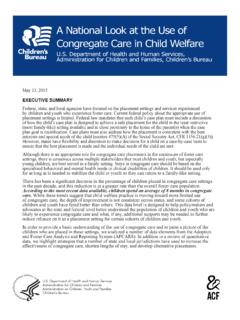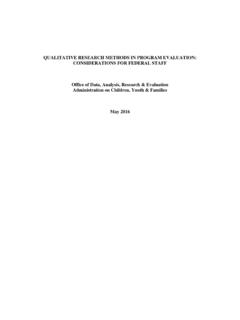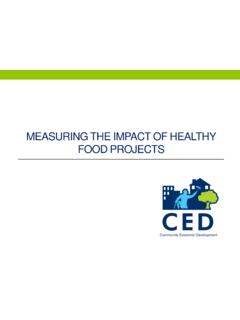Transcription of Automated Systems for Child Support Enforcement - A …
1 Automated Systems FOR. Child Support Enforcement : A GUIDE FOR STATES. UPDATED 2017. U. S. DEPARTMENT OF HEALTH & HUMAN SERVICES. Administration for Children and Families Office of Child Support Enforcement Division of State and Tribal Systems Automated Systems for Child Support Enforcement : A Guide for States Updated 2017. Preface The federal Office of Child Support Enforcement (OCSE) developed this Child Support Enforcement Systems Guide to Support states in the development of comprehensive, statewide Automated Child Support Systems . OCSE has updated this Guide to reflect changes in federal law, regulations, and policy since the last update to the Guide in 2009.
2 OCSE welcomes comments and suggestions from those using this Guide. Comments may be sent to: Office of Child Support Enforcement Director, Division of State and Tribal Systems 330 C Street SW, 5th Floor Washington, DC 20201. Page: 1. Automated Systems for Child Support Enforcement : A Guide for States Updated 2017. Table of Contents PREFACE .. 1. CHAPTER I: INTRODUCTION .. 3. A. BACKGROUND AND OBJECTIVES .. 3. B. 4. C. USING THIS GUIDE .. 5. CHAPTER II: GENERAL 6. A. DEFINITIONS .. 6. B. TERMINOLOGY .. 8. CHAPTER III: Child Support Enforcement Systems 10.
3 A. CASE 10. B. 24. C. 30. D. CASE 37. E. Enforcement .. 56. F. FINANCIAL 80. G. REPORTING .. 90. H. SECURITY AND 95. I. CUSTOMER 101. J. NEW TECHNOLOGIES .. 105. APPENDIX A: GUIDANCE IN PREPARING FOR CERTIFICATION REVIEWS .. 109. Page: 2. Automated Systems for Child Support Enforcement : A Guide for States Updated 2017. Chapter I: Introduction A. BACKGROUND AND OBJECTIVES. The Department of Health and Human Services (HHS), Administration for Children and Families (ACF) provides national leadership and direction in planning, managing, and coordinating the nationwide administration and financing of a broad range of comprehensive and supportive programs for children and families including Child Support .
4 State and local agencies in large part carry out the Child Support program. The federal Office of Child Support Enforcement (OCSE) retains the responsibility to monitor and evaluate programs to ensure that they are being operated as intended by law and regulation and that the expenditure of federal funds is made in accordance with federal regulation. Since 1981, OCSE has supported the development of Automated information Systems for Child Support programs by providing enhanced federal financial participation (FFP) (up to 90 percent). This Support provides states with the financial resources to develop and acquire cost effective Automated Systems that meet the requirements of law.
5 Despite the availability of FFP, state development and implementation of compliant Child Support Systems was slow. To stimulate development, Congress passed the Family Support Act of 1988 (FSA 88 Public Law ( ) 100-485), enacted October 13, 1988, mandating the implementation of Automated Child Support Systems in every state; requiring that such Systems be fully operational not later than October 1, 1995; and rescinding enhanced FFP for Child Support system development and equipment costs effective September 30, 1995. 104-35 (enacted October 12, 1995).
6 Extended the deadline for implementing the automation requirements of FSA 88 to October 1, 1997. This statute did not extend the availability of FFP. The Personal Responsibility and Work Opportunity Reconciliation Act of 1996 (PRWORA 104-193), enacted August 22, 1996, reinstated FFP at the 90 percent rate, with limits, retroactive to October 1, 1995, and through September 30, 1997, to enable states to complete the development and implementation of a Child Support system that meets FSA 88 requirements. PRWORA also provided FFP at an enhanced rate of 80 percent (capped at $400 million federal share) for system development and implementation costs related to the Automated Data Processing (ADP) requirements of FSA 88 as well as the system requirements specified in PRWORA.
7 This Guide addresses the requirements associated with federal certification of comprehensive, Automated , statewide Child Support Systems . It has been prepared to: Support the states in implementing compliant, operational Systems ;. Apply the same criteria equally to all states;. Set forth all functional requirements the Child Support Systems must execute in statewide processing;. Page: 3. Automated Systems for Child Support Enforcement : A Guide for States Updated 2017. Ensure these functions are being performed effectively and efficiently to assure accurate and uniform application of policy; and Ensure federal reviews are conducted in a consistent manner and are well documented and substantiated.
8 B. AUTHORITY. The origin of the programs overseen and financed by HHS/OCSE is the Social Security Act. Included under OCSE's scope of review authority is Title IV-D, Child Support Enforcement . Public Law 96-265 provided for enhanced FFP in the establishment and implementation of comprehensive, Automated , statewide management information Systems supporting the Child Support program. The Child Support Enforcement Amendments of 1984 ( 98-378) extended enhanced federal funding for income withholding activities and hardware to states. Authority for the requirements described in this document is codified in the Social Security Act, Sections 451-469B.
9 In addition, specific parts of the Code of Federal Regulations (CFR) apply, in particular: 45 CFR Part 75, Subpart D: Establishes retention requirements and access rights for programmatic, financial, statistical, and other types of records pertinent to grants. This subpart also sets requirements for contracting that ensure fair and equitable practices and procedures with contractors and consultants. 45 CFR Part 95, Subpart A: Sets a two-year limit for states to claim FFP in expenditures under state plans approved for certain titles of the Social Security Act, including the Child Support program under Title IV-D.
10 45 CFR Part 95, Subpart E: Establishes requirements for preparation, submission, approval of - . and adherence to -- state cost allocation plans for public assistance programs. 45 CFR Part 95, Subpart F: Specifies the conditions for FFP in the cost of acquiring (as previously approved by OCSE) data processing equipment and services under an approved state plan; sets forth the approval and reporting processes of the Advanced Planning Document (APD). and updates; provides an exemption to the capitalization and depreciation provisions of Subpart G for ADP equipment; requires access by OCSE to all aspects of state Systems ; and sets states'.
